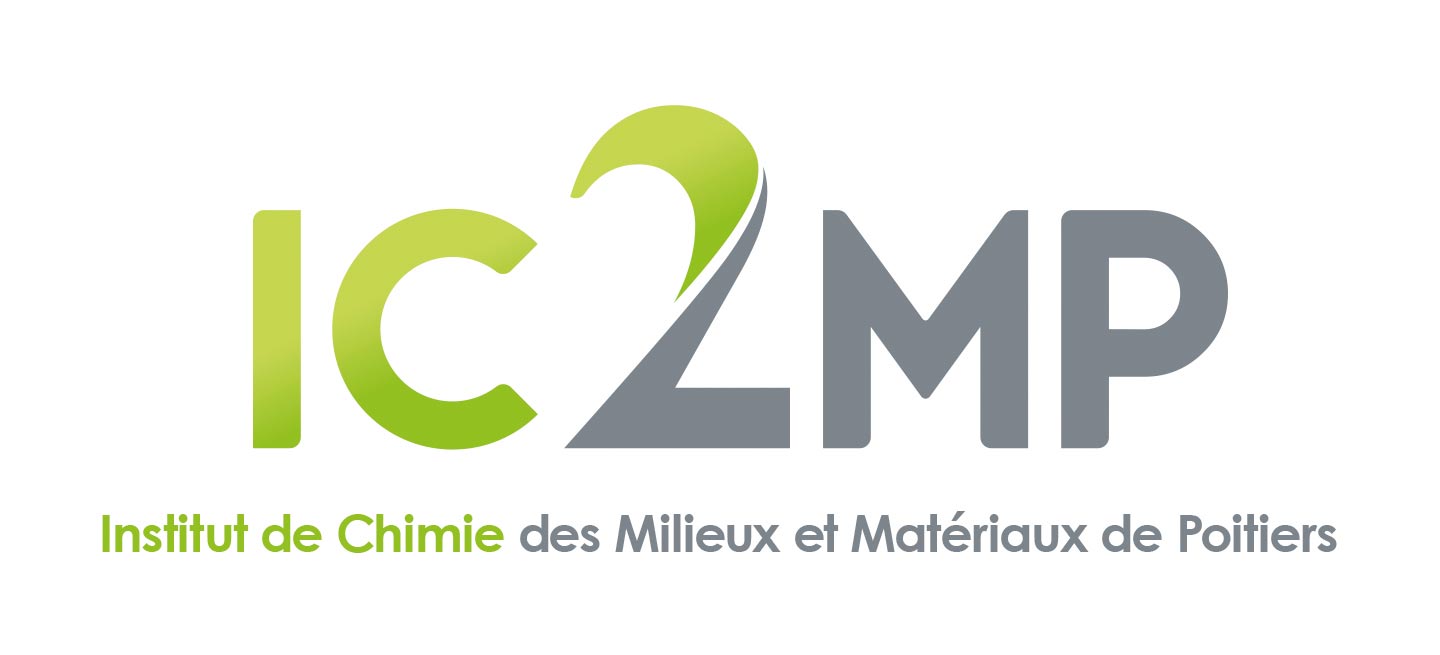Extraction and characterization of new antibacterials produced by predatory actinobacteria of marine origin
Extraction et caractérisation de nouveaux antibactériens produits par les actinobactéries prédatrices d'origine marine
Résumé
This thesis work is part of the research of new ways to fight against multidrug-resistant bacteria. The approach followed is the screening of non-obligate marine predatory actinobacteria for multidrug-resistant bacteria. In this study, the isolation of predatory actinobacteria was carried out from the marine waters of the Moroccan Atlantic coast. Amongst the 142 potential predatory bacteria isolated from marine water of the Moroccan Atlantic coast, four Actinobacteria showed the aptitude to grow on agar-agar with Micrococcus luteus as the sole source of nutrients. In co-culture on solid medium, the four selected isolates showed an ability to grow on different types of bacteria cells (Gram +, Gram-) and including multidrug-resistant bacteria. However, in monoculture, the antibacterial activities in a rich medium (Bennett) was tested using agar cylinders method. The selected actinobacterial isolates showed a variable activity spectrum. Using the polyphasic approach, the taxonomic position of the four selected facultative actinobacterial predators showed that they belong to the Streptomyces genus. S. griseoflavus EMM111 strain was retained to assess its ability to prey and reduce Methicillin-resistant Staphylococcus aureus by predation. Thermochemolysis-GC-MS was used to characterize the prey and the predator through their membrane fatty acids released as methyl esters (FAMEs). The co-culture of predator and prey monitored for 15 days induced an increase in the total amount of methylated fatty acids biomarker of S. griseoflavus EMM111 thus demonstrating the predation. The last part of this work was dedicated to the extraction of the molecules involved in predation by S. griseoflavus EMM111. After fractionation, using chromatographic methods, several molecules were identified, one of it was di(2-ethylhexyl) phthalate, that has bactericidal activity.
Ce travail de thèse s’inscrit dans le cadre de la recherche de nouveaux moyens de lutte contre les bactéries multirésistantes. L’approche suivie est le criblage d’actinobactéries d’origine marine, prédatrices facultatives des bactéries multirésistantes. Les actinobactéries prédatrices ont été isolées à partir des eaux marines de la côte atlantique marocaine. Parmi les 142 prédateurs potentiels, 4 actinobactéries se sont avérées capables de croître en présence de Micrococcus luteus comme seule source de nutriments. En co-culture sur milieu solide, les quatre isolats ont montré une aptitude à croître sur différents types de bactéries (Gram +, Gram-) y compris les bactéries multirésistantes. En monoculture, l’activité antibactérienne sur un milieu riche (Bennett) a été testée via la méthode des disques d’agar. Les isolats d’actinobactéries sélectionnés montrent des spectres d’activité variables. L’étude taxonomique des 4 isolats sélectionnés par l’approche polyphasique a permis de les identifier comme étant des espèces appartenant au genre Streptomyces. La souche S. griseoflavus EMM111 a été retenue pour évaluer sa capacité à détruire par prédation le Staphylococcus aureus résistant à la méticilline. Les acides gras membranaires libérés sous forme d’esters méthyliques par thermochimiolyse couplée à la GC-MS ont permis de caractériser le prédateur et la proie. La co-culture du prédateur et de la proie, suivie pendant 15 jours, induit une augmentation de la quantité totale d’acides gras méthylés biomarqueurs de S. griseoflavus EMM111 mettant ainsi en évidence la prédation. La dernière partie de ce travail a été consacrée à l’extraction des molécules impliquées dans la prédation par la souche S. griseoflavus EMM111. Après fractionnement, plusieurs molécules ont été identifiées parmi lesquelles le di(2-ethylhexyl) phthalate, un composé présentant une activité bactéricide.
Origine : Version validée par le jury (STAR)
